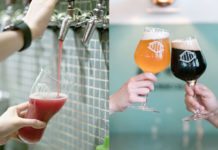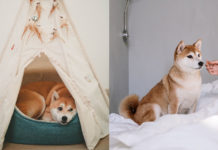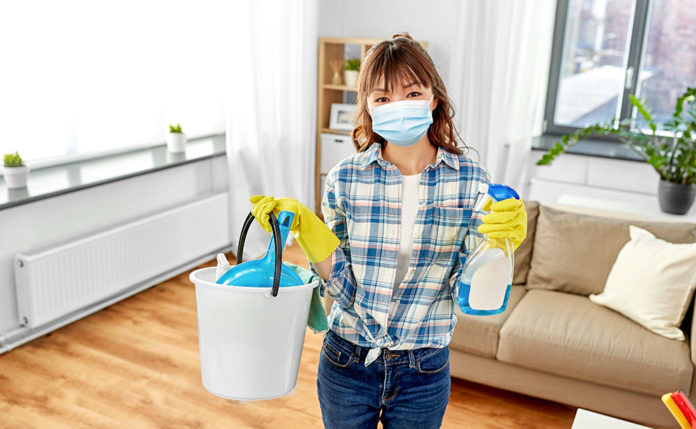
It is always important to maintain personal hygiene, cleanliness, and disinfection in the home, whether during the epidemic or in daily life. However, many people use bleach and alcohol excessively for “total disinfection”, which may result in unsatisfactory disinfection and even affect their health and safety. YAS will show you how to use diluted bleach, alcohol-based hand rub, baking soda, and white vinegar to safely clean and disinfect your floors, furniture, bathrooms, and water pipes!
Diluted Bleach
Use of sodium hypochlorite to kill bacteria and viruses
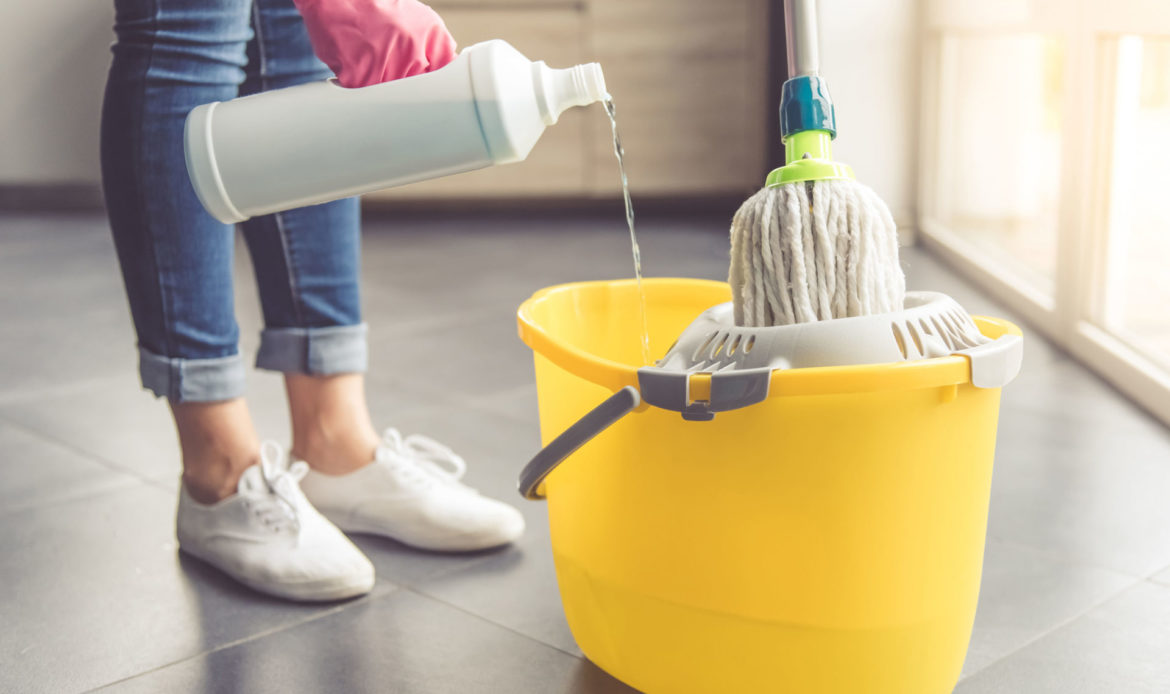
You often hear “1:99”, do you know what 1:99 bleach is? Most of the bleach in the market is a sodium hypochlorite solution with a concentration between 5.25% and 6.15%. Its strong oxidizing power can destroy bacteria and virus structures and achieve disinfection. According to the guidelines of the Centre for Health Protection of the Department of Health, 1:99 bleach can be used to disinfect floors and bathrooms, while 1:49 bleach can be used to clean toilets, U-shaped water pipes, or places that have come into contact with vomit.
The Director of the Centre for Infectious Diseases (CID) of the University of Hong Kong recommends replacing bleach with water to prevent the spread of infectious diseases and the environmental pollution caused by pouring diluted bleach into the U-pipes of homes.
Dilute the bleach with cold water
When bleach is exposed to heat or sunlight, it will decompose the original ingredients, which will weaken the disinfection effect.
Alcohol
Protein Denaturation Paralysis of Bacterial Metabolism
Generally speaking, household disinfectant alcohols, such as disinfectant kerosene, alcohol-based hand rub, alcohol-based disinfectant spray, alcohol-based wipes, etc., are good helpers in household disinfection. Alcohol can cause protein dehydration, denaturation, and coagulation of bacteria, paralyzing their metabolism and destroying their structure. However, the concentration and amount of alcohol may affect the effectiveness of bacterial killing and safety in the home.
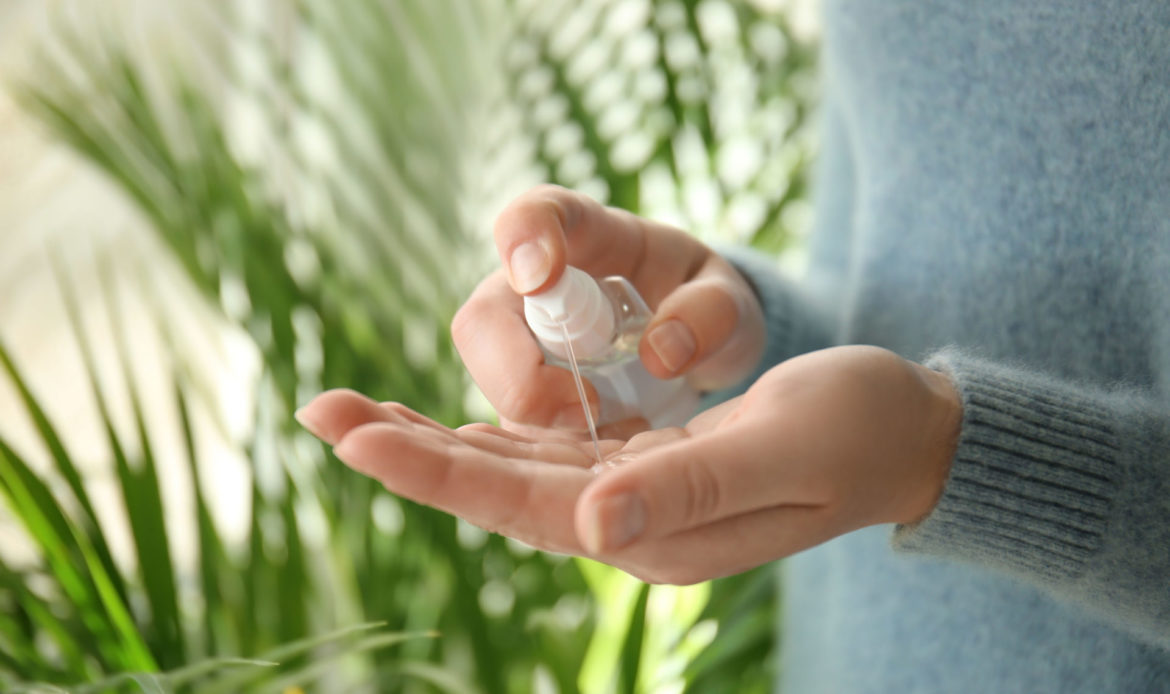
On the contrary, a low concentration of alcohol can penetrate bacteria easily, but not enough to destroy their structure. There have been cases of accidents in the home which reveal that excessive use of high concentration of flammable alcohol in a wide area may lead to explosions; the use of alcohol on the wooden floor may also dissolve the surface paint and cause white spots. The only way to kill bacteria is to use the right amount and concentration of alcohol.
How to make your own alcohol-based hand rub?
The Department of Pharmacology and Pharmacy of the University of Hong Kong has developed two methods for making 100 ml of alcohol-based hand rubs according to WHO standards.
- 96% ethanol (80ml) + glycerin (1.45ml) + 3% hydrogen peroxide (4ml) + distilled water (appropriate amount) + leave for 72 hours.
- 99% isopropyl alcohol (75ml) + glycerin (1.45ml) + 3% hydrogen peroxide (4ml) + distilled water (appropriate amount) + leave for 72 hours
Or you can watch a video about homemade alcohol-based hand rubs.
Baking Soda
Weekly alkaline sodium bicarbonate, Remove dirt and odor
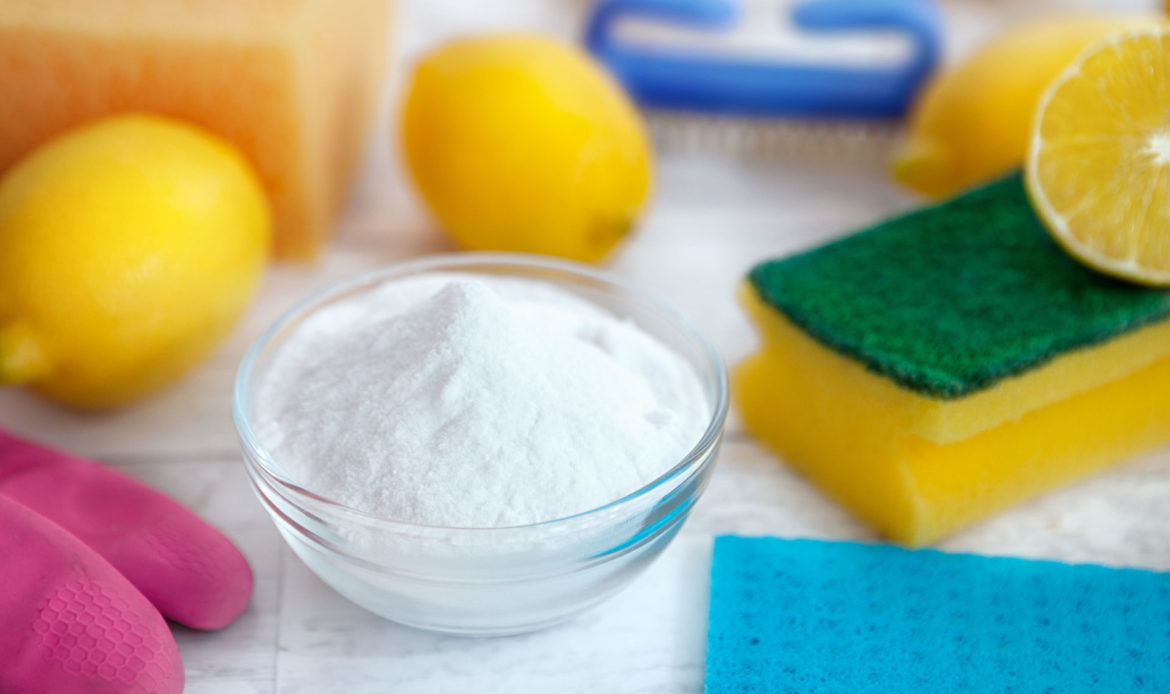
After going out, clothes are easily stained with bacteria and dirt and are the most difficult to clean. In addition, the inside of the washing machine is always humid and often leaves soap scum, which can easily spread and breed bad bacteria. Use alkaline sodium bicarbonate of soda to clean the washer for 15 to 30 minutes, and then rinse the machine for a full cycle to remove odors and prevent the soap from combining with calcium and magnesium ions in the water to form soap scum, which is insoluble in water. Greenpeace recommends mixing 1 tablespoon of soda powder with 1 cup of hot water and spraying it on grease stains, leaving it for 10 minutes to remove stains and bacteria.
White Vinegar
Natural Acid Detergent Disinfectant & Odor Eliminator
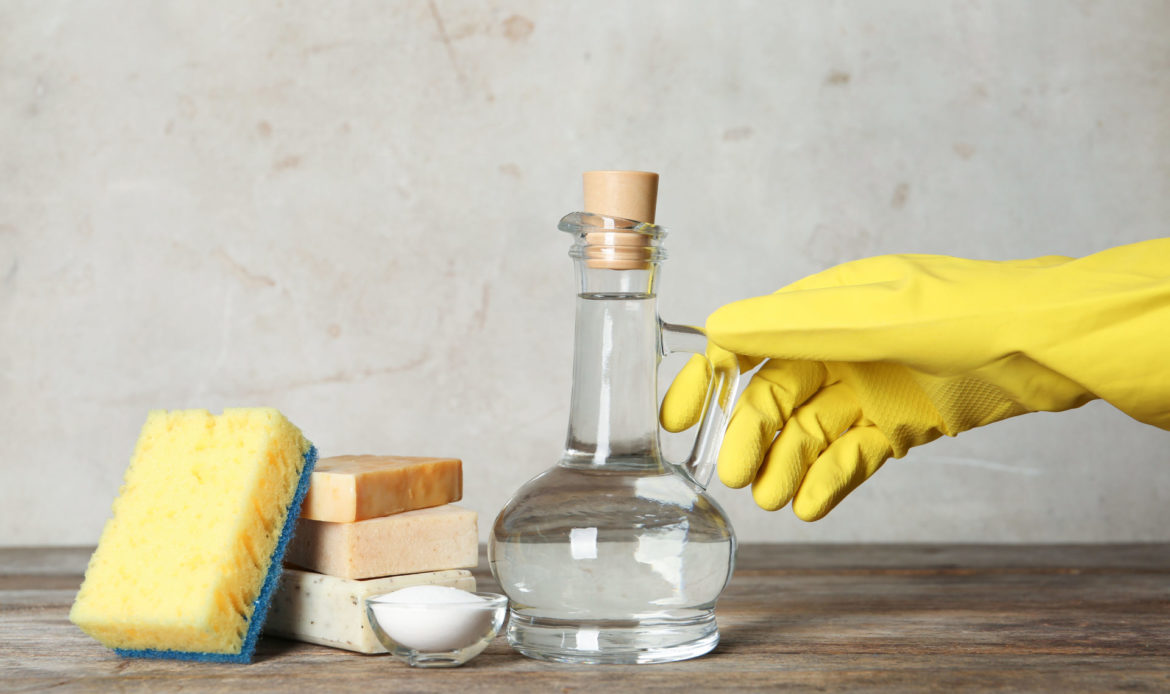
Wet spaces or surfaces that can harbor mold and mildew, such as bathrooms, toilets, tiles, windows, mirrors, or even your phone screen, can be sloppy! It is not enough to clean with water alone. You can spray a mixture of 1:3/1:1 white vinegar and water on the target and leave it for 5 minutes, then wipe it off with a cloth towel or newspaper to easily remove bacteria stains from the surface or crevices.
Tip: Make good use of old toothbrushes and sponges.
Narrow gaps are generally slower to dry naturally, making them easy hotbeds for mold and viruses; the use of aggressive cleaning agents and bleach will also intensify the roughness of the surface, resulting in a vicious cycle. The use of old toothbrushes and sponges can flexibly penetrate into the crevices to clean the gaps, which is more environmentally friendly.
Make Home Cleaning a Good Daily Habit
As long as you practice good personal hygiene, daily home disinfection, and stay away from crowded places, you can reduce the chance of exposure to bacteria and viruses. Apart from antiviruses, we should also make frequent cleaning a good habit in our daily life, so that we will be virus-free.
Latest Articles
- Amazon Vendor or Seller: Which is Right for You?
- 2025 Guide to Amazon A+ Content: Best Practices & Examples
- Amazon Premium A+ Content: Unlock 20% Conversion Increase for Your Amazon Listings
- Amazon Sponsored Brand Ads: Maximize Your Sales and Brand Reach
- Leverage the Power of Amazon FBA Prep Centers for Scalable QA & Packaging



